Many writers, scholars, historians, poets and many more have tried to interpret or unfold the mystery of revelation chapter 17.9-17 The mountains or hills of Rome, the seven hills are:
Viminal Hill The seven heads and seven mountains, this denotes Rome, built on seven mountains, or hills.9 And here is the mind which hath wisdom. The seven heads are seven mountains, on which the woman sitteth.17 :10 And there are seven kings: five are fallen, and one is, and the other is not yet come; and when he cometh, he must continue a short space.17 :11 And the beast that was, and is not, even he is the eighth, and is of the seven, and goeth into perdition.17 :12 And the ten horns which thou sawest are ten kings, which have received no kingdom as yet; but receive power as kings one hour with the beast.17 :13 These have one mind, and shall give their power and strength unto the beast.17 :14 These shall make war with the Lamb, and the Lamb shall overcome them: for he is Lord of lords, and King of kings: and they that are with him are called, and chosen, and faithful.17 :15 And he saith unto me, The waters which thou sawest, where the whore sitteth, are peoples, and multitudes, and nations, and tongues.17 :16 And the ten horns which thou sawest upon the beast, these shall hate the whore, and shall make her desolate and naked, and shall eat her flesh, and burn her with fire.17 :17 For God hath put in their hearts to fulfil his will, and to agree, and give their kingdom unto the beast, until the words of God shall be fulfilled.
The inspiration of the Holy Spirit
But by the power of the Holy Spirit, of our Lord Jesus Christ who has inspired me about the unfolding of Revelation chapter seventeen as follows.
1. To begin with the seven kings , and five have falling. The seven kings started from
- “SUMER” Empire (Ancient Mesopotamia)Year Established and Ended: c.4500 – c.1900 BCE
Current Form of Government: Modern-day Iraq – Federal Parliamentary Republic
Current Constitution Date: October 15, 2005
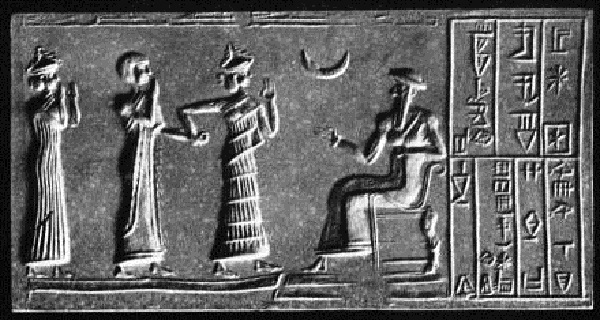 As one of the first urban civilizations in the world, the Sumerians established the world’s first and oldest government. By the 4thmillennium BCE, Sumer was divided into many city-states which were ruled by a priestly governor or king. The Sumerians are also responsible for the oldest known law code found today, the Code of Ur-Nammu.The Sumerian government ran several public programs including the use of an agricultural specialized labor force and a massive irrigation and canal system. All Sumerians, excluding the rich, were required by the government to work on the canals in a forced or (intermittent, unpaid labor). Although the Sumerian civilization no longer exists, their descendants are the modern-day people of Iraq. The 2nd king was the “ 2. 2. AkkadiansThen comes the “ Akkadian Empire’s year was Established and Ended: c.2334 BCE – c.2154 BCE Duration: of about 180 years
As one of the first urban civilizations in the world, the Sumerians established the world’s first and oldest government. By the 4thmillennium BCE, Sumer was divided into many city-states which were ruled by a priestly governor or king. The Sumerians are also responsible for the oldest known law code found today, the Code of Ur-Nammu.The Sumerian government ran several public programs including the use of an agricultural specialized labor force and a massive irrigation and canal system. All Sumerians, excluding the rich, were required by the government to work on the canals in a forced or (intermittent, unpaid labor). Although the Sumerian civilization no longer exists, their descendants are the modern-day people of Iraq. The 2nd king was the “ 2. 2. AkkadiansThen comes the “ Akkadian Empire’s year was Established and Ended: c.2334 BCE – c.2154 BCE Duration: of about 180 years
Founding Country: Ancient Mesopotamia – around modern-day Iraq
Capital City: Akkad


photo source
2. Akkadian Empire was the first empire of ancient Mesopotamia, which makes it the oldest empire in the world. Under the empire, Akkadians and Sumerians were united and many people were bilingual, speaking both the Akkadian and Sumerian language.There were eight kings over the duration of the Akkadian Empire: Sargon, Rimush, Manishtushu, Naram-Sin, Shar-Kali-Sharri, Interregnum, Dudu, and Shu-turul.Although scholars have documented over 7,000 texts detailing the Akkadian Empire, they have not yet located the capital city of Akkad.Most of the archaeological research related to the Akkadian Empire comes from an area in modern northeastern Syria, which became part of Assyria after the fall of Akkad.
OTHER POSTS YOU MAY BE INTERESTED IN7
3rd Assyrian EmpireYear Established and Ended: c.2025 BCE – c.605 BCE
Duration: 1,420 years
Founding Country: Assyria (parts of modern-day Iraq, Turkey, Syria, and Iran)
Capital City: several throughout different periods – first capital city was Aššur

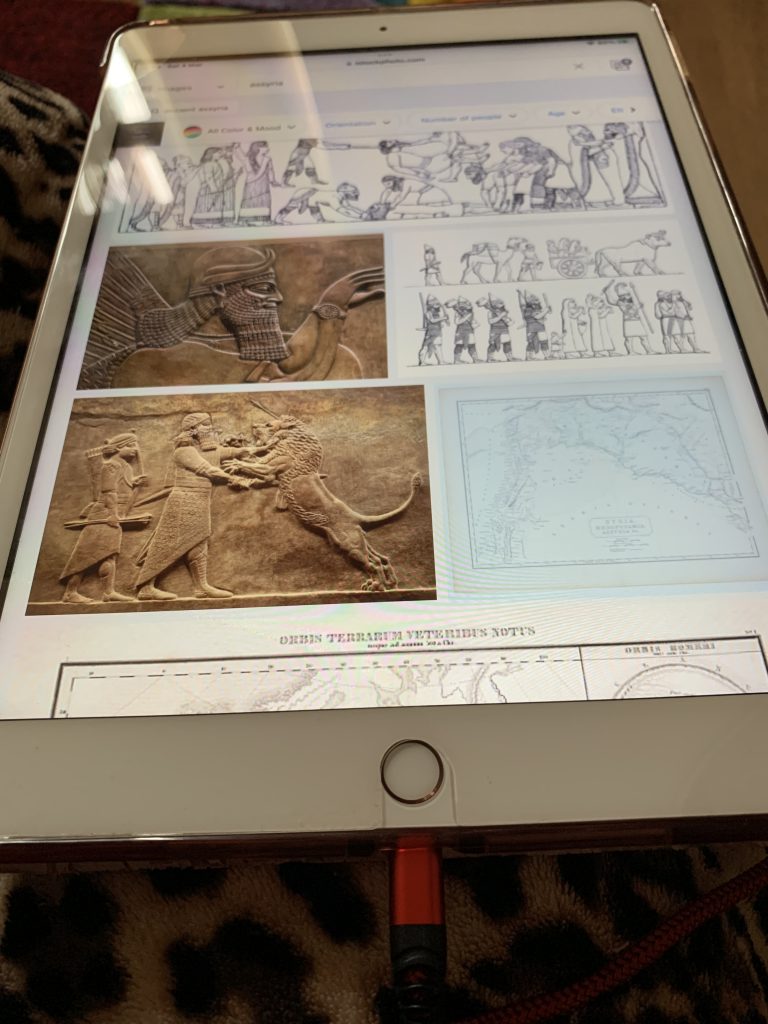


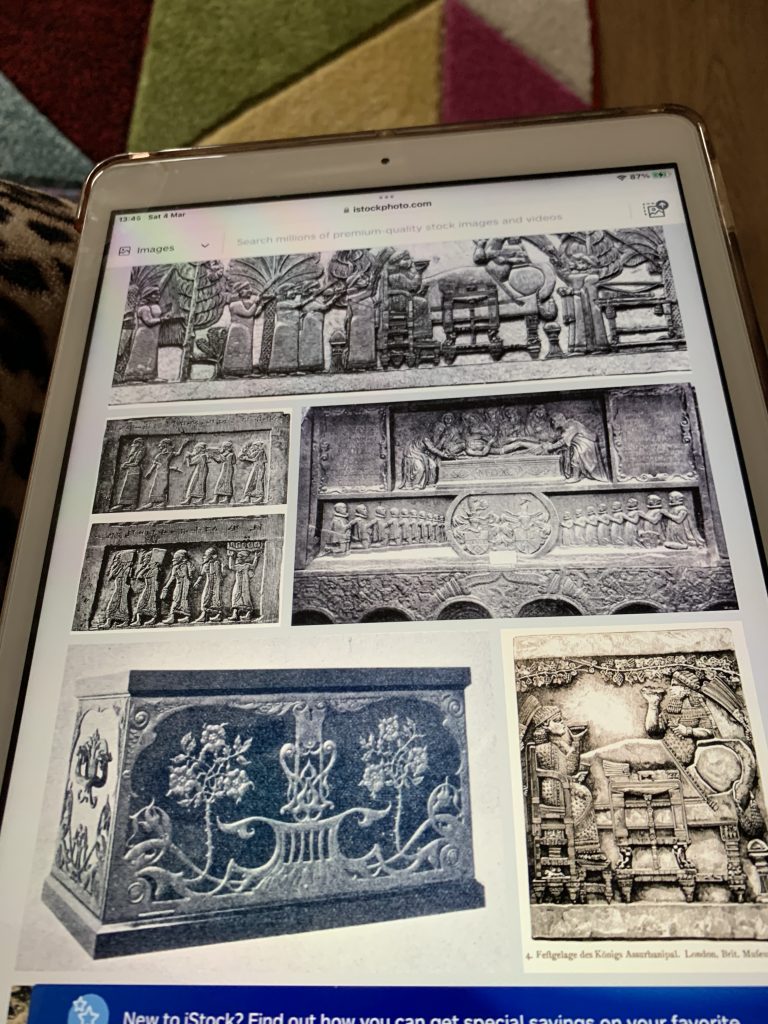
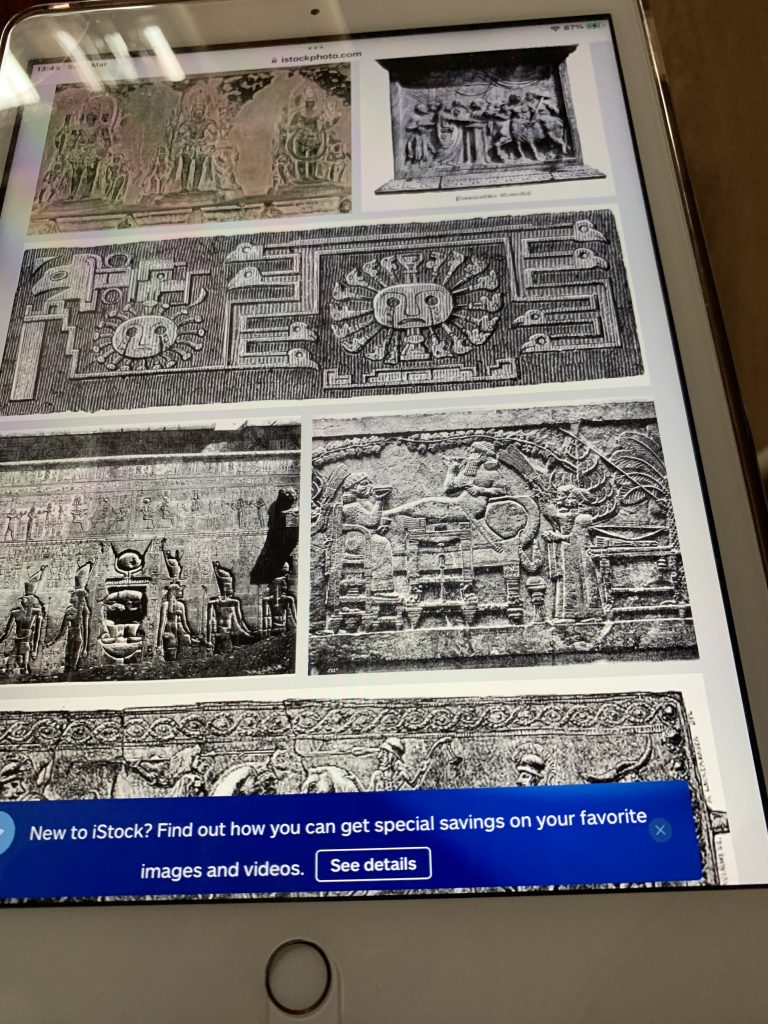
Stretching from modern Iraq to the Mediterranean Sea, the Assyrian empire was the largest in the world during the eighth and seventh centuries B.C.E. The Assyrian monarchs Tiglath-pileser, Shalmaneser and Sennacherib are well known from the Biblical accounts (2 Kings 15–18); now artifacts from this vast empire may be seen in the exhibit Assyria to Iberia at the Dawn of the Classical Age at The Met in New York. Displaying more than 250 objects—from jewelry, ivories and intricate metalwork to monumental sculptures and wall reliefs—the exhibit explores the incredible influence and reach of the Assyrian empire.
3. Assyrian Empire
The Assyrian Empire is typically divided into four eras: the Early Assyrian Period, the Old Assyrian Empire, the Middle Assyrian Period, and the New Assyrian Period. Although the first capital city of Aššur was first established around 2600 BCE, during the Early Period, Assyrians were under the rule of the Akkadian Empire.While it was a kingdom during this time, the Assyrian Empire did not emerge until after the fall of the Akkadian Empire. During the height of the Assyrian Empire, it ruled over what the ancient Mesopotamian religion called the “Four Corners
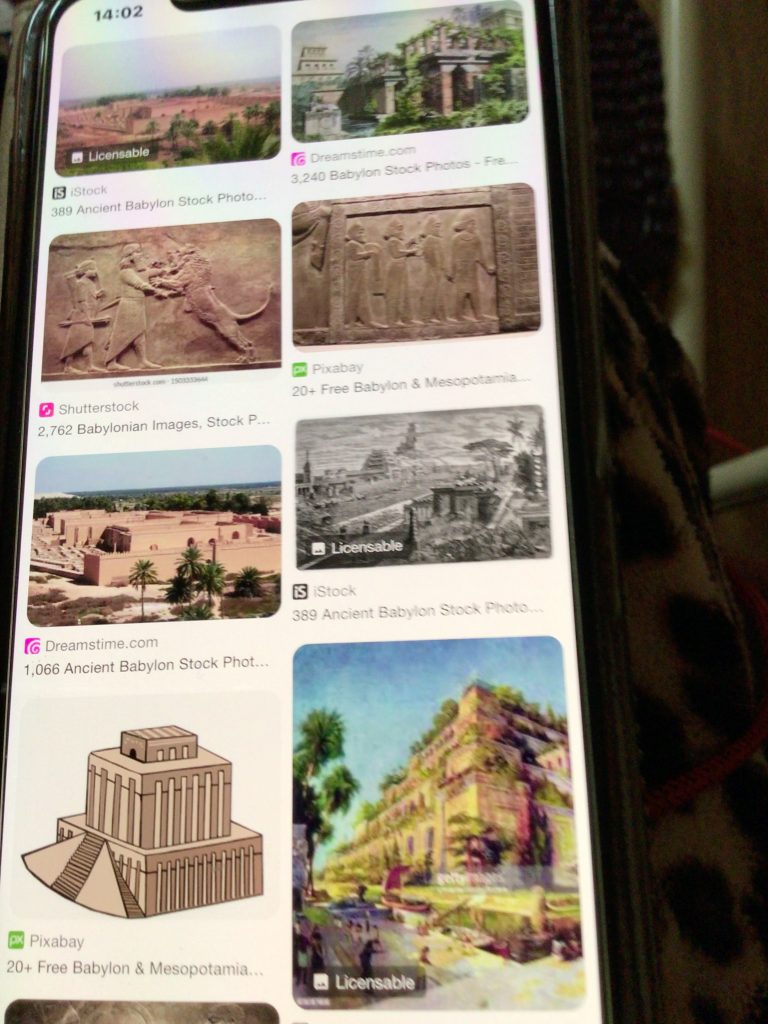
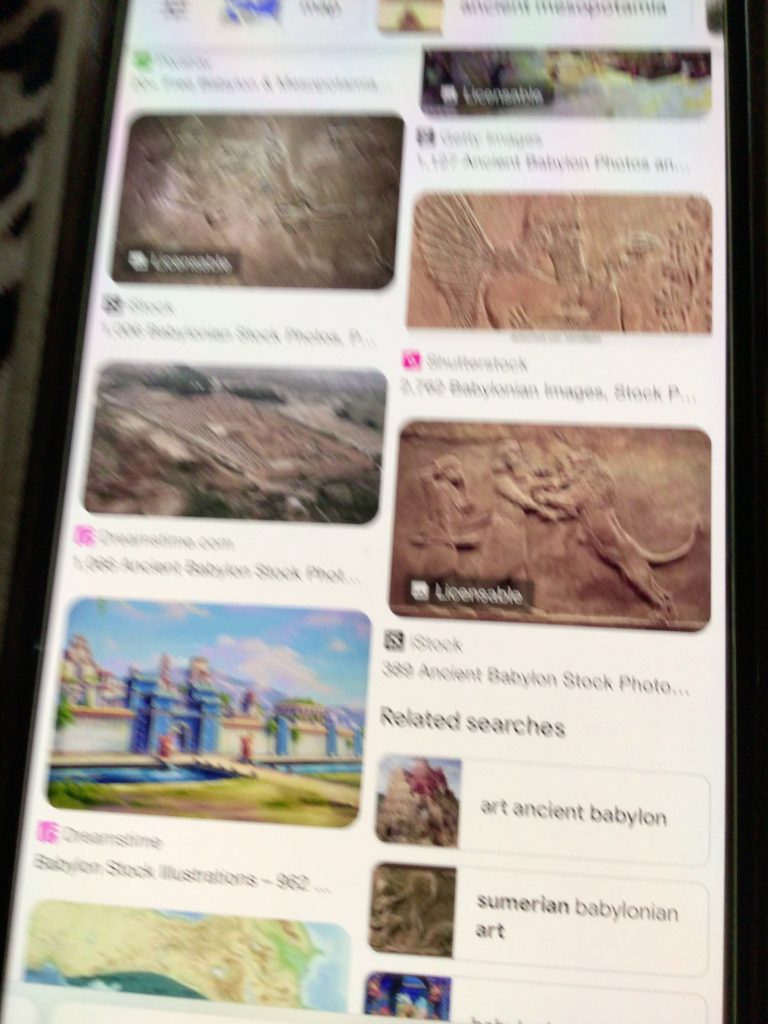
4. Babylonian Empire (First Babylonian Dynasty)
Year Established and Ended: c.1894 BCE – c.1595 BCE
Duration: 300 years
Founding Country: central-southern Mesopotamia (modern-day Iraq)
Capital City: Babylon
The First Babylonian Dynasty lasted from about 1894 BCE – 1595 BCE. This first era in the Babylonian Empire emerged when an Amorite (a Northwest Semitic-speaking people from the northern Levant — the historical region of Syria) king established a small kingdom that included Babylon, which was a minor town at the time.
Eventually, Babylon grew in size and power and reached its peak under the reign of Hammurabi (c. 1728—1686 BCE).After Hammurabi’s death, the Babylonian Empire began to rapidly decline and eventually reverted back into a small kingdom. Sometime around the end of the First Babylonian Dynasty, the capital city of Babylon was sacked by the Hittites under king Mursili
5. The Medes and Pesian Empire
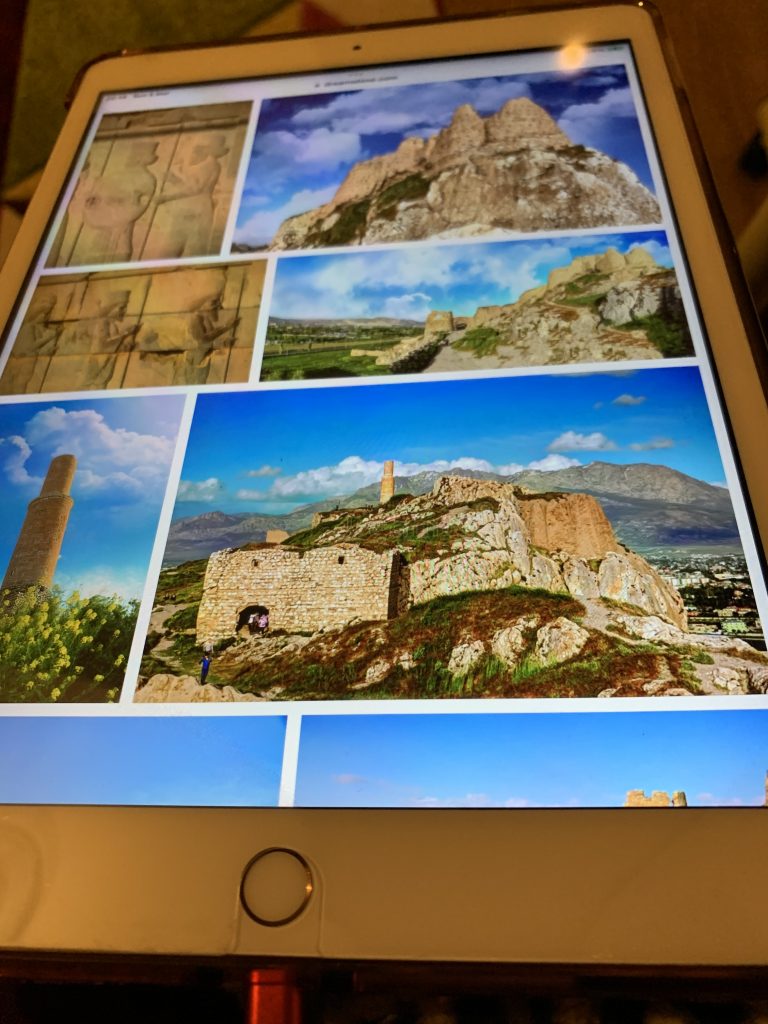
This website uses cookies to ensure you get the best experience on our website. Learn more
HistoryBiographyGeographyScienceGames
| Search Ducksters |
Ancient Mesopotamia
5. The Persian Empire
History >> Ancient Mesopotamia
The first Persian Empire took control of the Middle Eastafter the fall of the Babylonian Empire. It is also called the Achaemenid Empire.
Map of the First Persian Empire by Unknown
Click the map to see a larger view
Cyrus the Great
The empire was founded by Cyrus the Great. Cyrus first conquered the Median Empire in 550 BC and then went on to conquer the Lydians and the Babylonians. Under later kings, the empire would grow to where it ruled Mesopotamia, Egypt, Israel, and Turkey. Its borders would eventually stretch over 3,000 miles from east to west making it the largest empire on Earth at the time.
Different Cultures
Under Cyrus the Great, the Persians allowed the peoples they conquered to continue their lives and cultures. They could keep their customs and religion as long as they paid their taxes and obeyed the Persian rulers. This was different from how earlier conquerors such as the Assyrians had ruled.
Government
Advertisement | Report Ad
In order to maintain control of the large empire, each area had a ruler called a satrap. The satrap was like a governor of the area. He enforced the king’s laws and taxes. There were around 20 to 30 satraps in the empire.
The empire was connected by many roads and a postal system. The most famous road was the Royal Road built by King Darius the Great. This road stretched around 1,700 miles all the way from Sardis in Turkey to Suza in Elam.
Religion
Although each culture was allowed to keep their own religion, the Persians followed the teaching of the prophet Zoroaster. This religion was called Zoroastrianism and believed in one main god called Ahura Mazda.
Fighting the Greeks
Under King Darius the Persians wanted to conquer the Greeks who he felt were causing rebellions within his empire. In 490 BC Darius attacked Greece. He captured some Greek city-states, but when he attempted to take the city of Athens, he was soundly defeated by the Athenians at the Battle of Marathon.
In 480 BC Darius’ son, Xerxes I, attempted to finish what his father started and conquer all of Greece. He amassed a great army of hundreds of thousands of warriors. This was one of the largest armies assembled during ancient times. He initially won the Battle of Thermopylae against a much smaller army from Sparta. However, the Greek fleet defeated his navy at the Battle of Salamis and he was eventually forced to retreat.
Advertisement | Report Ad
Fall of the Persian Empire
The Persian Empire was conquered by the Greeks led by Alexander the Great. Starting in the year 334 BC, Alexander the Great conquered the Persian Empire from Egypt all the way to the borders of India.
Interesting Facts About the Persian Empire
- The name “Persian” comes from the people’s original tribal name Parsua. This was also the name they gave the land they originally settled which was bounded by the Tigris River to the west and the Persian Gulf to the south.
- The longest reigning Persian King was Artaxerxes II who ruled 45 years from 404-358 BC. His reign was a time of peace and prosperity for the empire.
- The Persian culture held the truth in high esteem. Telling a lie was one of the most disgraceful things a person could do.
- The capital of the empire was the great city of Persepolis. This name is Greek for “Persian City”.
- After Cyrus the Great conquered Babylon, he allowed the Jewish people to return to Israel and to rebuild their temple at Jerusalem.
How long did the Medes and Persian Empire last?
The original Persian (or Achaemenid) empire, as established by Cyrus the Great in the 6th century B.C., only lasted approximately 200 years until the death of Darius III in 330 B.C., following his defeat by Alexander the Great.21 Nov 2019
The Ancient Greece Empire
6. Ancient Greece

Description
6. Empires of Greece
Ancient Greece was a northeastern Mediterranean civilization, existing from the Greek Dark Ages of the 12th–9th centuries BC to the end of classical antiquity, that comprised a loose collection of …
Beginning date: 800 BC
7. The Roman Empire
7. The Roman Empire and the worst of the empires
When Did the Roman Empire Start and End?
The Roman Empire was one of the greatest and most influential civilisations in the world and lasted for over a 1000 years. The extent and length of their reign has made it hard to trace their rise to power and their fall. That’s where we come in…
We’ve gone ahead and done the research for you so you can learn more about this fascinating part of history which all started in the city of Rome, Italy. There are some things we should clarify however before we get started. It’s important to realize that the Rome Empire was a period encompassed by Ancient Rome. Ancient Rome refers to the very beginning of the city of Rome, founded in the 8th century BC, and its expansion, through to the collapse of the Western Roman Empire in the 5th century AD. Its different stages and developments have been split into the Roman Kingdom, the Roman Republic, and the Roman Empire.
The Start of the Empire
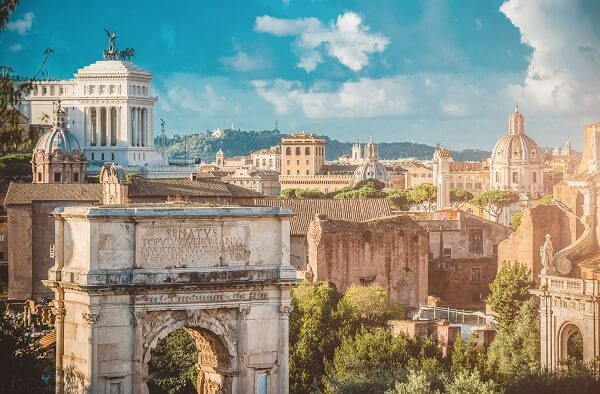
Before the Empire, the Roman Republic existed, governing the land for 500 years. The Republic, first situated in Rome expanded out to the rest of Italy and then to North Africa and the Mediterranean. It is hard to trace the wars and success the Romans had during the Republic as historical writing in Rome didn’t start until the late 3rd century BC. What we do know, however, is that the Republic’s authority soon started to fade due to its incapability to adjust to its expanding power. With the overwhelming difference between the rich and the poor, a new practice took place where the army was paid with gold. This resulted in soldiers no longer fighting for the republic, but rather for their generals. Julius Caesar, a military leader, took this opportunity and seized control, becoming dictator of Rome and dismantling the government. This is what initiated the beginning of the Roman Empire. Caesar’s order to the Senate to make him dictator for life was the last straw, resulting in his assassination in 44 BC. However, the senator’s plan was all in vain as the crumbling Roman Republic finally died along with Caesar, transforming the entire expanse into the Roman Empire. It was Caesar’s adopted son Octavian who replaced him as leader of the Empire, becoming to be known as Emperor Augustus, igniting a period of peace and authority across Rome and the rest of the Empire (Pax Romana). This period also saw the peak of Roman power, controlling the North African Coast, Egypt, Southern Europe, most of Western Europe, the Balkans, Crimea, and much of the Middle East, including Anatolia, Levant, and parts of Mesopotamia and Arabia. With the vastness of their reign, scholars have split the Roman Empire into Western and Eastern making it easier to follow the Empire’s developments and its collapse.
The End of the Empire
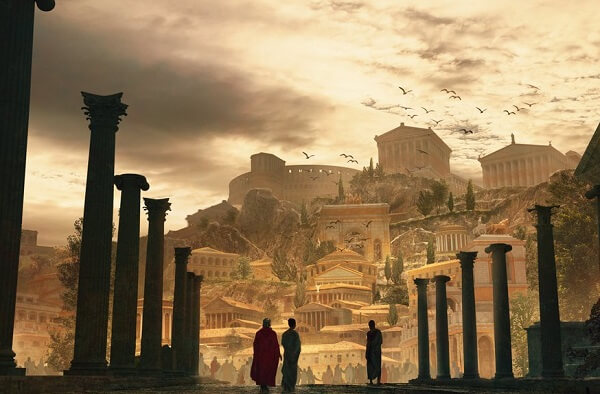
The Empire is famous worldwide as one of the greatest civilizations in history. But it is also famed for its end, famously named ‘The Fall of Rome.’ There are many different factors that contributed to its end, all blending together to create the unstable ruling that let Rome crumble. The Empire’s military for example, once a domineering army, became a draining factor. Military spending was astronomical, which left little money for anything else in the empire. The loss in battles resulted in more soldiers being hired to maintain control over the land, with more and more money spent. But even with this higher investment, the number of battles lost grew and the control over lands lessened, causing more vulnerability, particularly to the Western Empire. Due to military spending, slavery was a key factor in keeping the Empire afloat. However, new laws banned slavery, which increased unemployment and decreased the Empire’s finance even more. The hardships caused people to stir with unrest, and with a new religion being introduced, more and more civilians lost their faith in the Emperor, who was once seen as a God and turned to Christianity instead. The people’s fading hope in the Emperor led to corruption and political dispute, weakening the Empire from within. Emperors were constantly murdered and replaced, with the Senate attempting to gain more control.
The success of the Roman Empire largely relied on its military forces, so when the army started to weaken, naturally the Empire began to collapse. This is not something that happened overnight, however. With the Empire, large expansion different areas of the Empire started to weaken at different times. Their sheer size was a large part of why the Roman Empire collapsed, it simply became too big for its own good, making it hard to govern. It was the Western Roman Empire that fell first, the Eastern Roman Empire only following another 1000 years later. This was the first time in 800 years that the city of Rome had been sacked, officially ending the Roman Empire and leading to the Dark Ages.
Although a huge international power, the fall of the Roman Empire was good for the average citizen, as life for those not blessed with wealth was hard, even harder if you were a slave. Nevertheless, we no doubt owe much of our modern ways to the policies and engineering developed during Ancient Rome
8. The evil Papacy was started by the evil Bishop of Rome who elevated himself to the position of Papacy
Now the eighth ruler of the world was and is the Papacy or line of Popes or the antichrists. And came out from the seven which was Rome. This Papacy’s empire, was the most deceitful, manipulative, full of falsehood, dangerous, sorceries, magical, deceptive, and under false religion, under false Christianity organization that is completely against the true church of Jesus Christ. You can read about these antichrists in the article titled ”The real evil antichrist revealed to me by our Lord Jesus Christ” The depth of the meaning of God’s word in the scriptures can only be unfolded by God Himself.
Now the eighth ruler of the world was and is the Papacy or line of Popes or the antichrists or the apostate. And came out from the seven which was Rome. This Papacy’s empire, was the most deceitful, manipulative, full of falsehood, dangerous, sorceries, magical, deceptive, and under false religion, under false Christianity organization that is completely against the true church of Jesus Christ. You can read about these antichrists in the article titled ”Christ’s revelation of the evil Antichrist “ revealed to me by our Lord Jesus Christ” The depth of the meaning of God’s word in the scriptures can only be unfolded by God Himself.
Five had fallen:
- The Empire of Sumer had long fallen and gone❤️
- The Empire of Akadians had completely disappeared ❤️
- The Empire of the Assyrians had fallen❤️
- Babylonian Empire had fallen ❤️
- The Medes and Persian Empire had fallen ❤️
- The Empire of Greece had fallen is the one that came like a stillbirth that came last for a very short time compared to the first five that ruled the world for longer time❤️
- The Roman Empires was the seventh but partly destroyed, whose stump still remains and had formed herself as the European Union, that now acts as the revived Roman Empires
- The eight is the Papacy who came out from the seven that is the Roman Empire just like the Bible predicted. Jesus Christ is always true to His words. According to I visions that the Lord Jesus Christ showed me, I by the Holy Spirit deal with Rome “ and the “Papacy “ in different articles for more understanding
- All the above were revealed to me by our Lord Jesus Christ
![]()